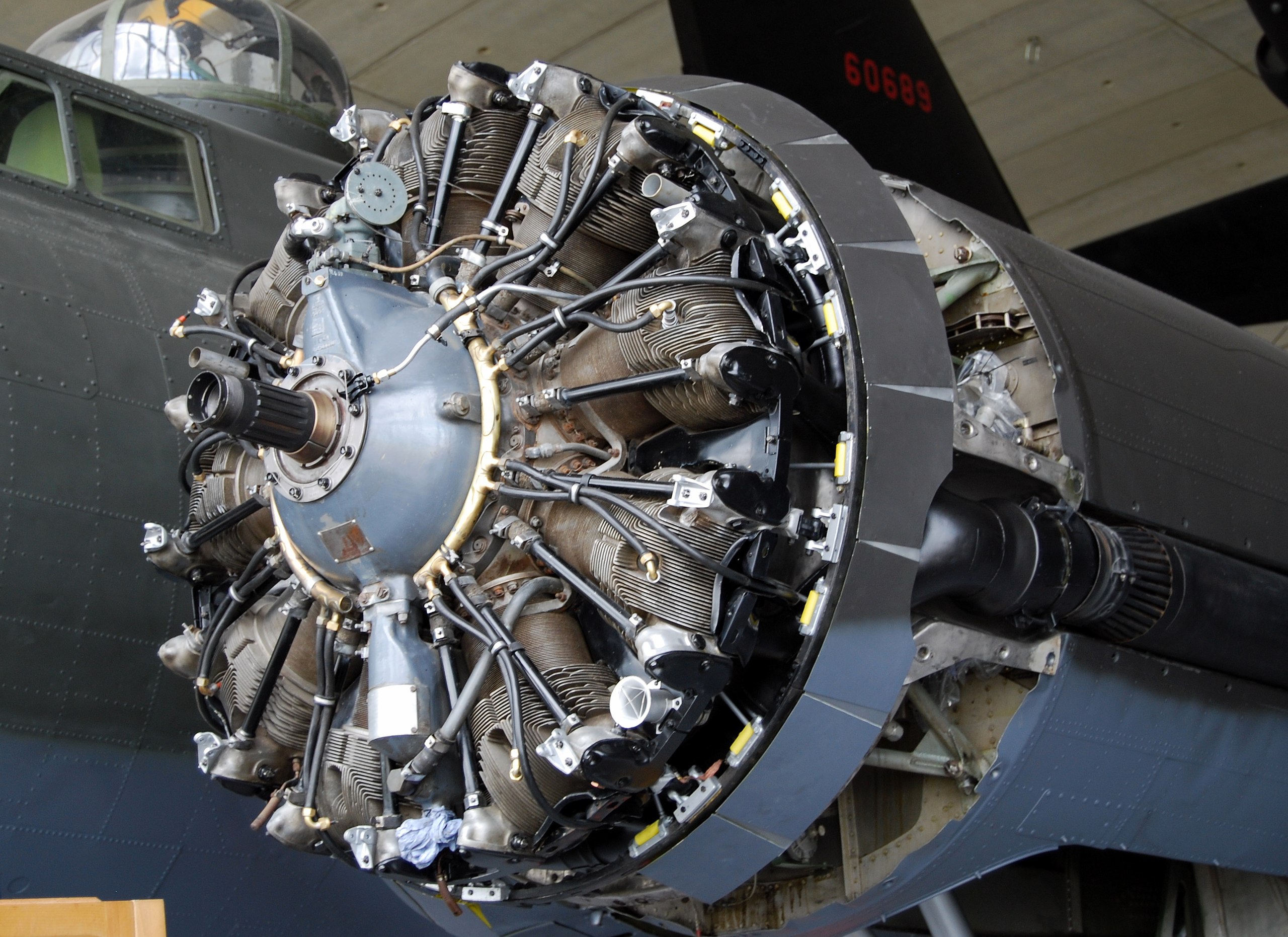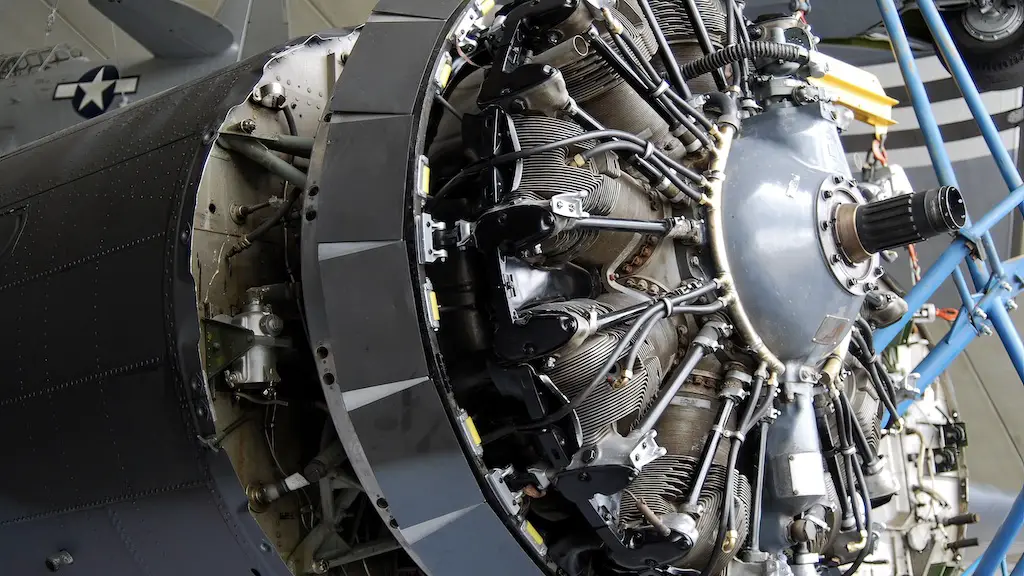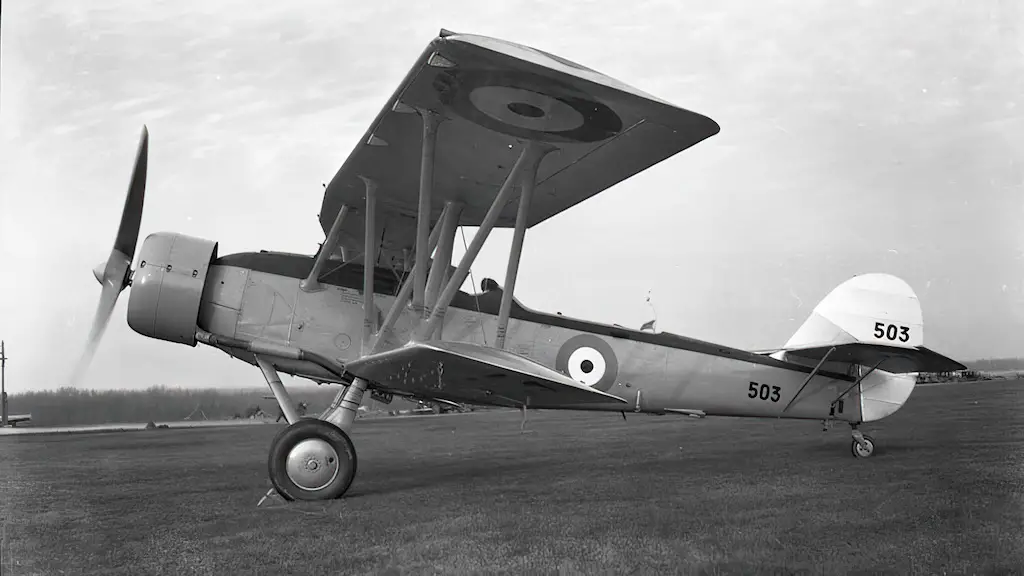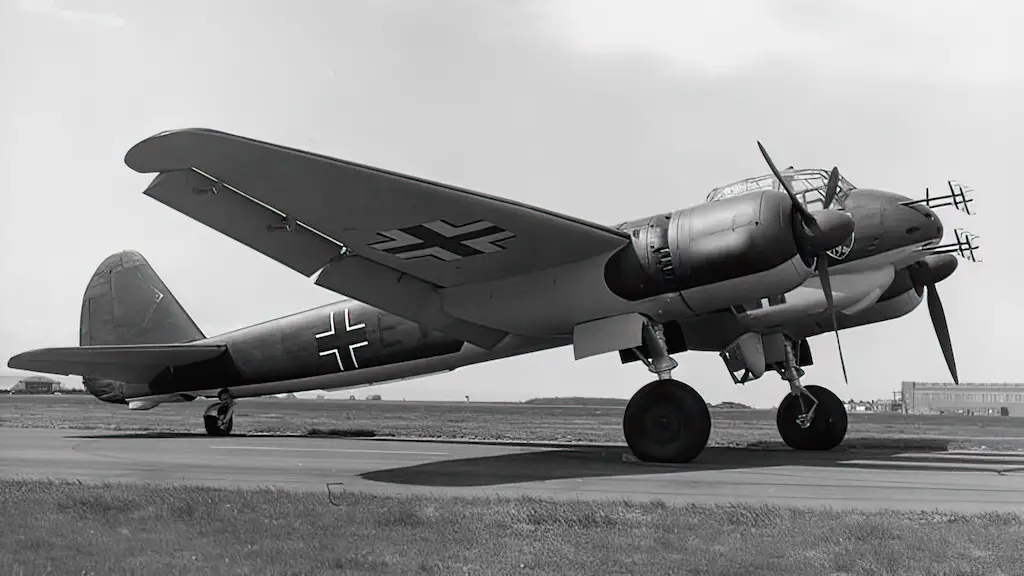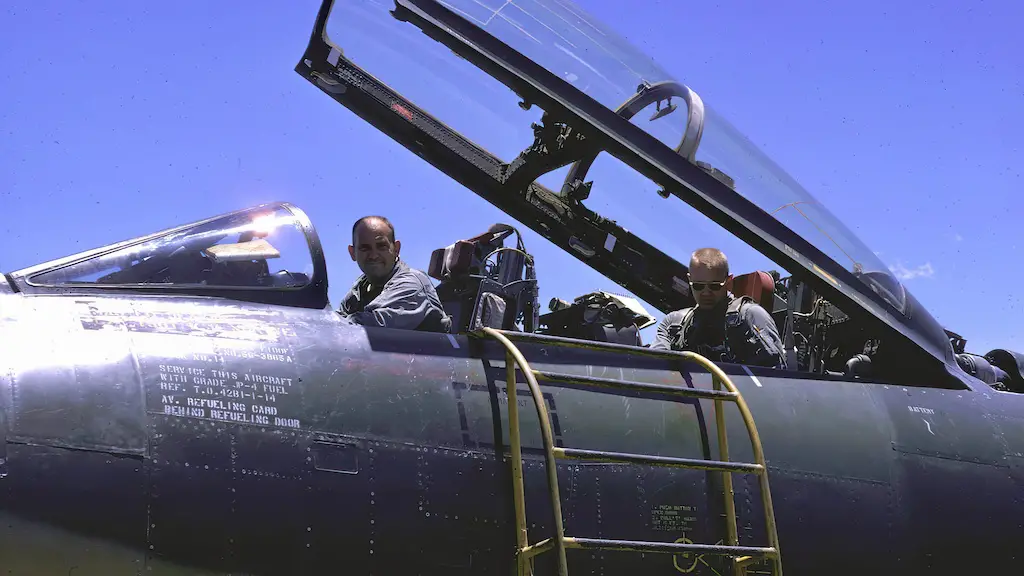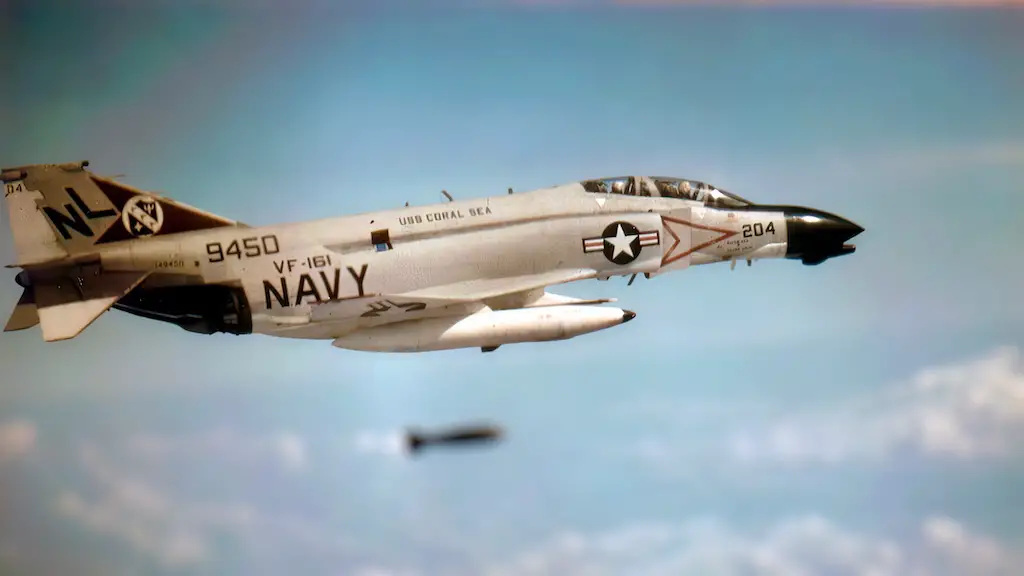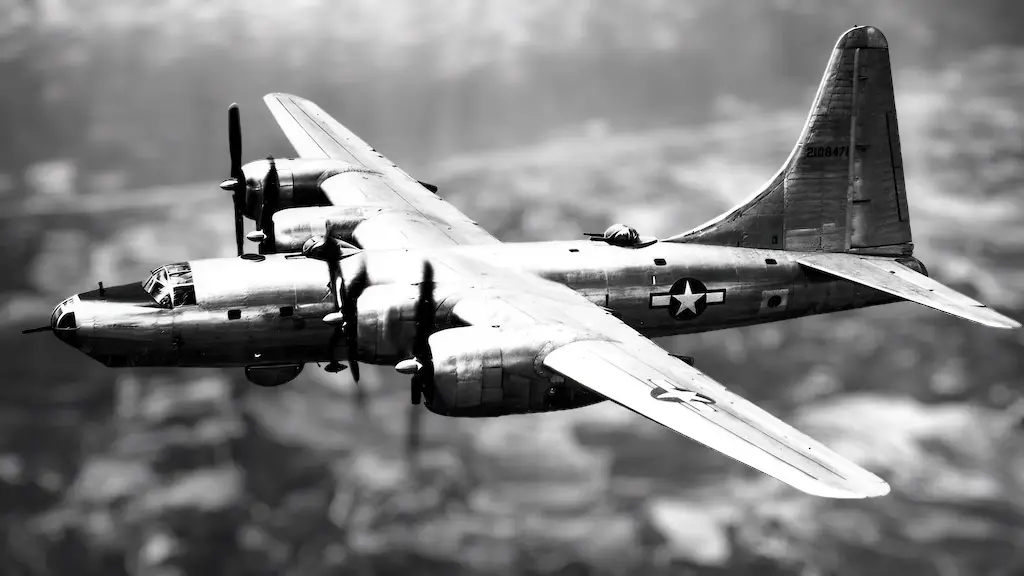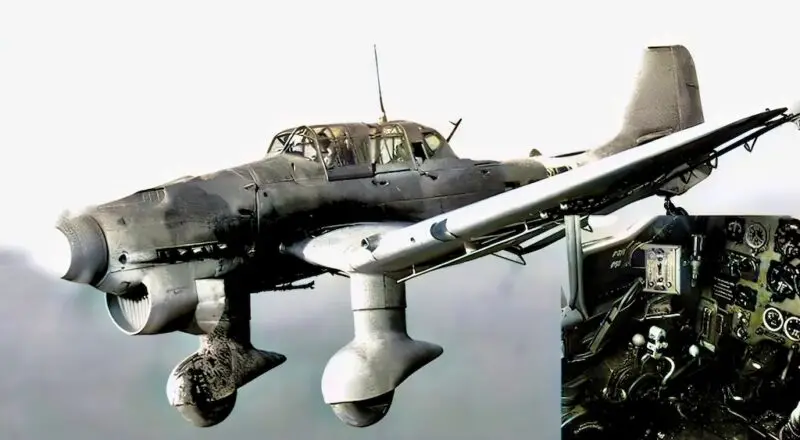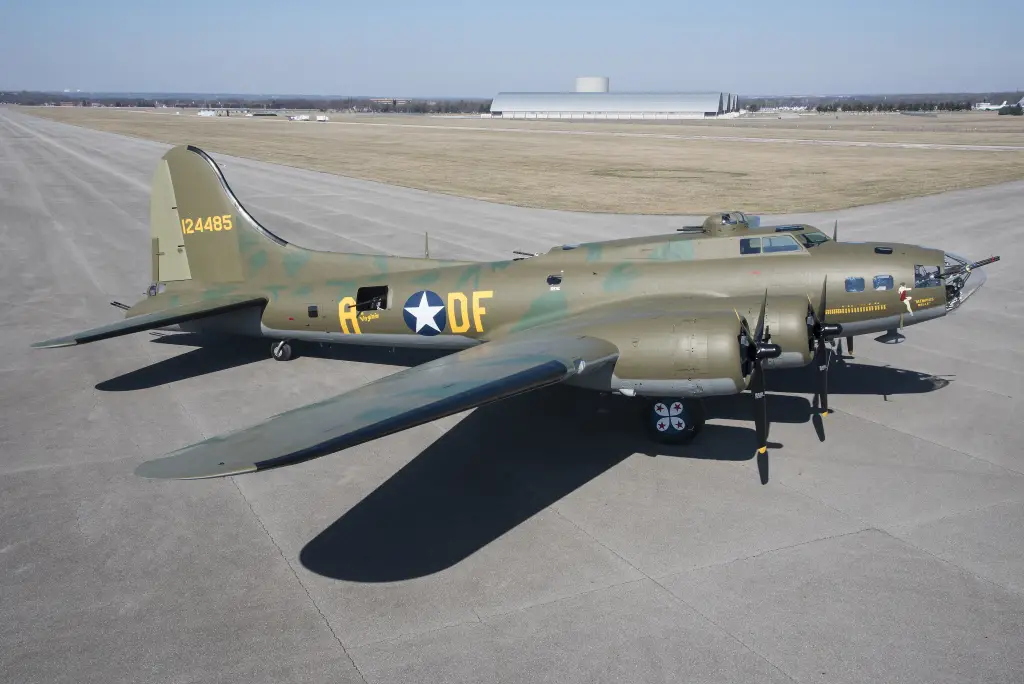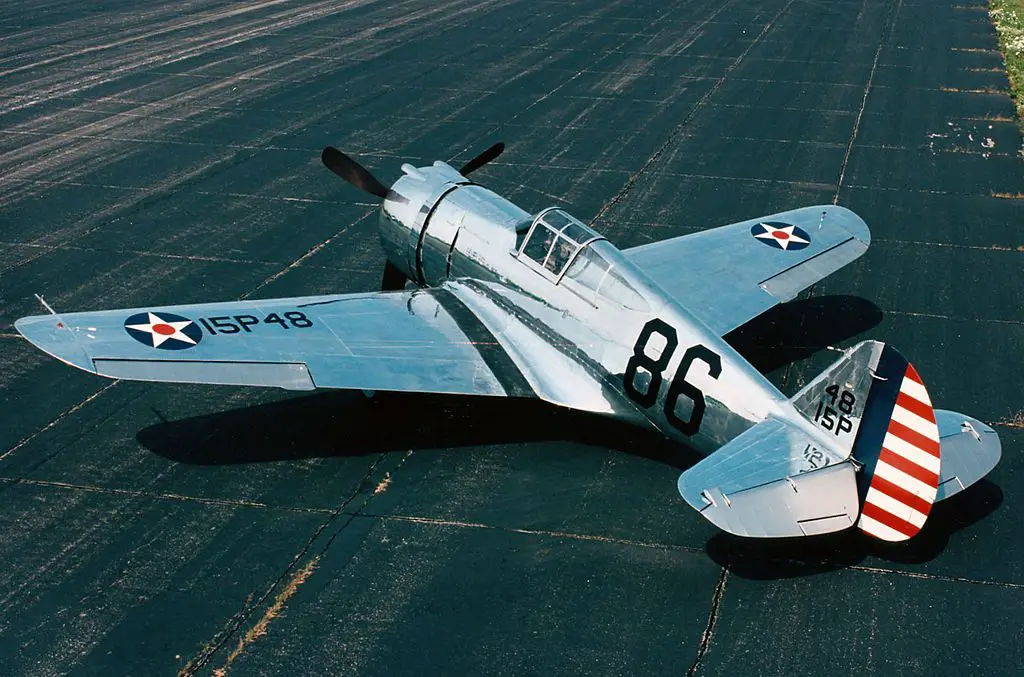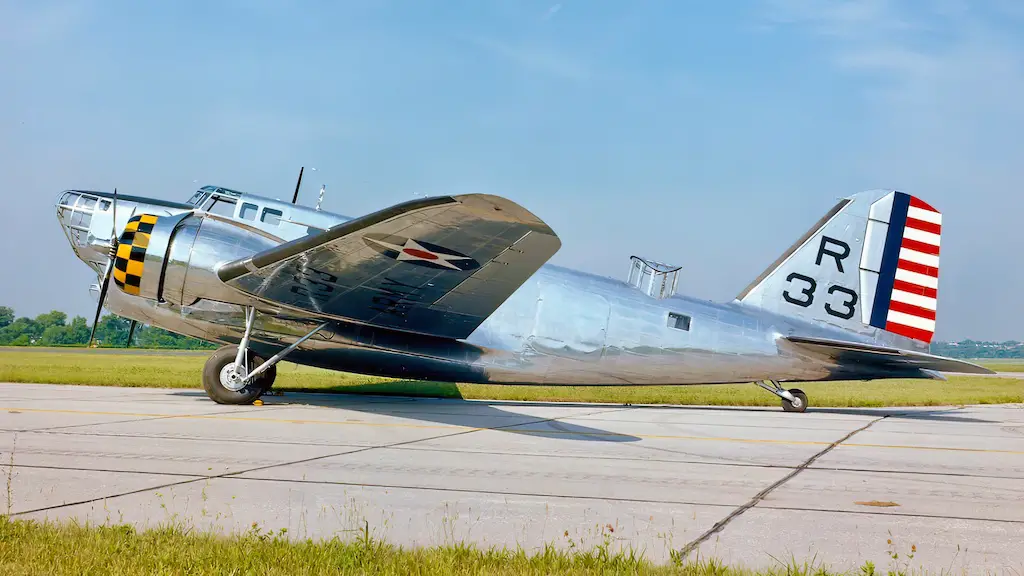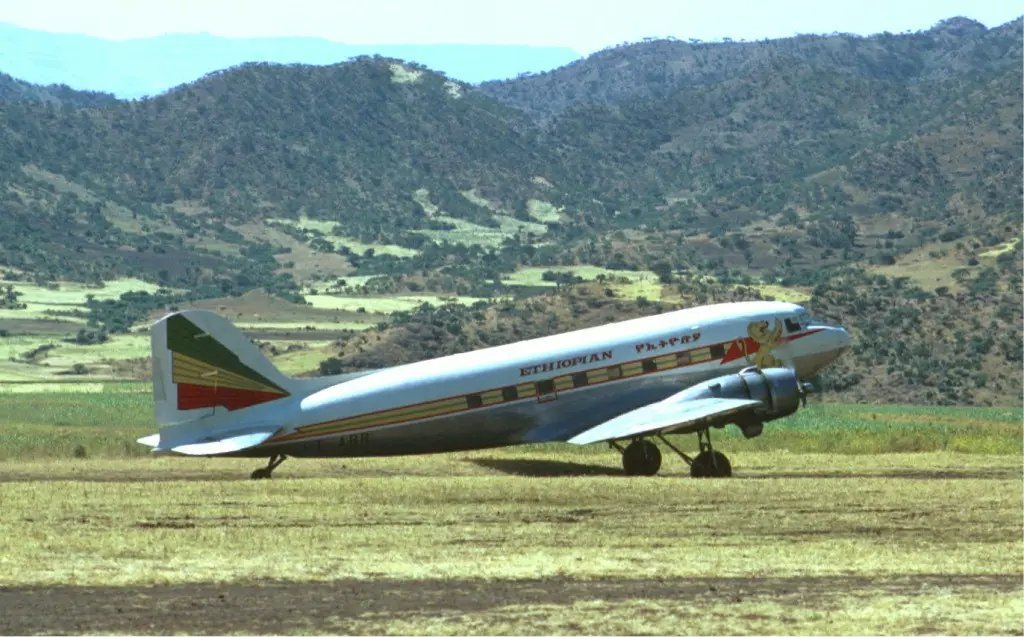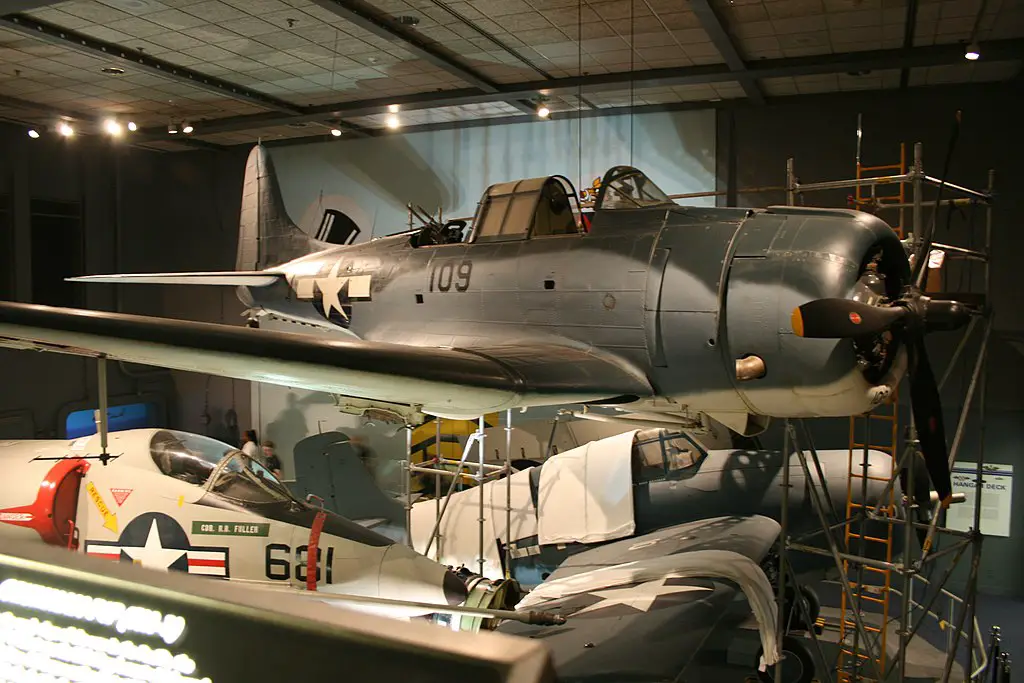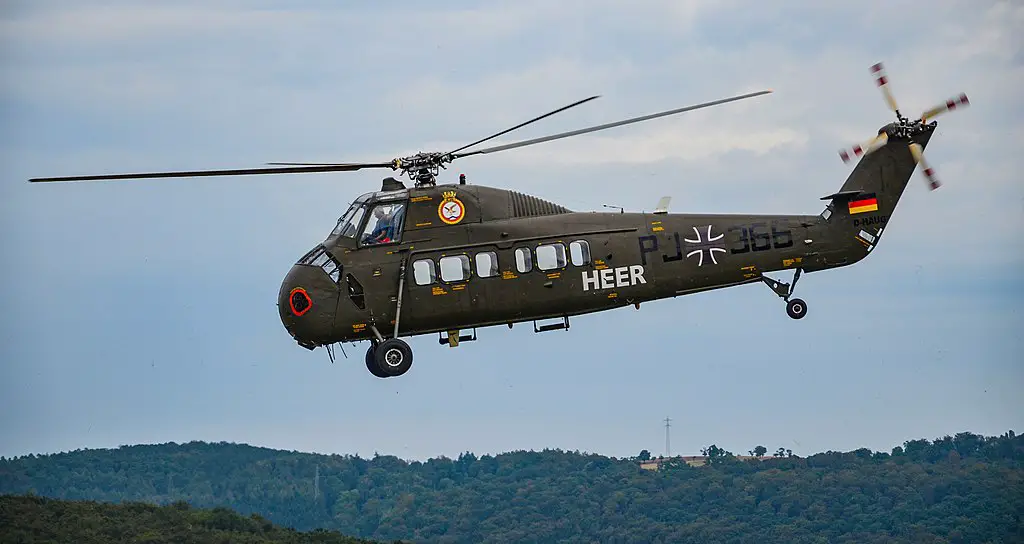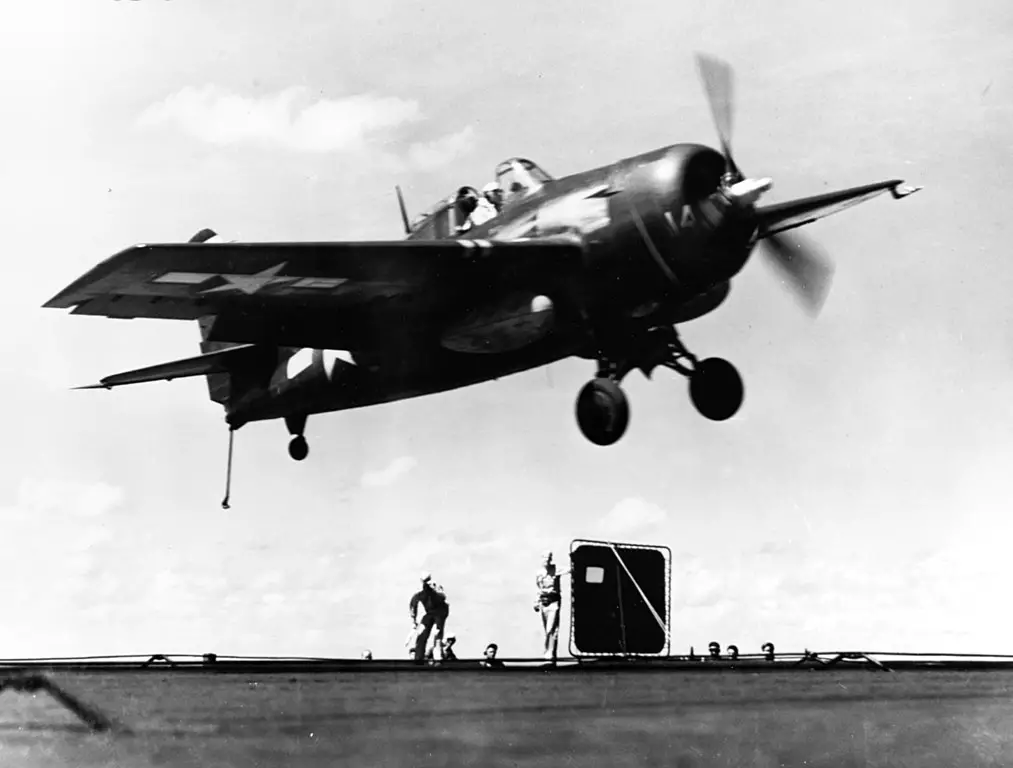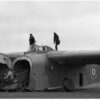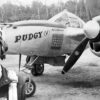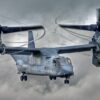The Wright R-1820 Cyclone roared beneath the wings of some of the most iconic aircraft of the 20th century. Think Boeing B-17 Flying Fortress or the sleek Sikorsky H-34. Beyond these, the Cyclone lent its power to the Curtiss P-36 Hawk, Douglas B-18 Bolo, Douglas DC-3, Douglas SBD Dauntless, and the General Motors FM-2 Wildcat.
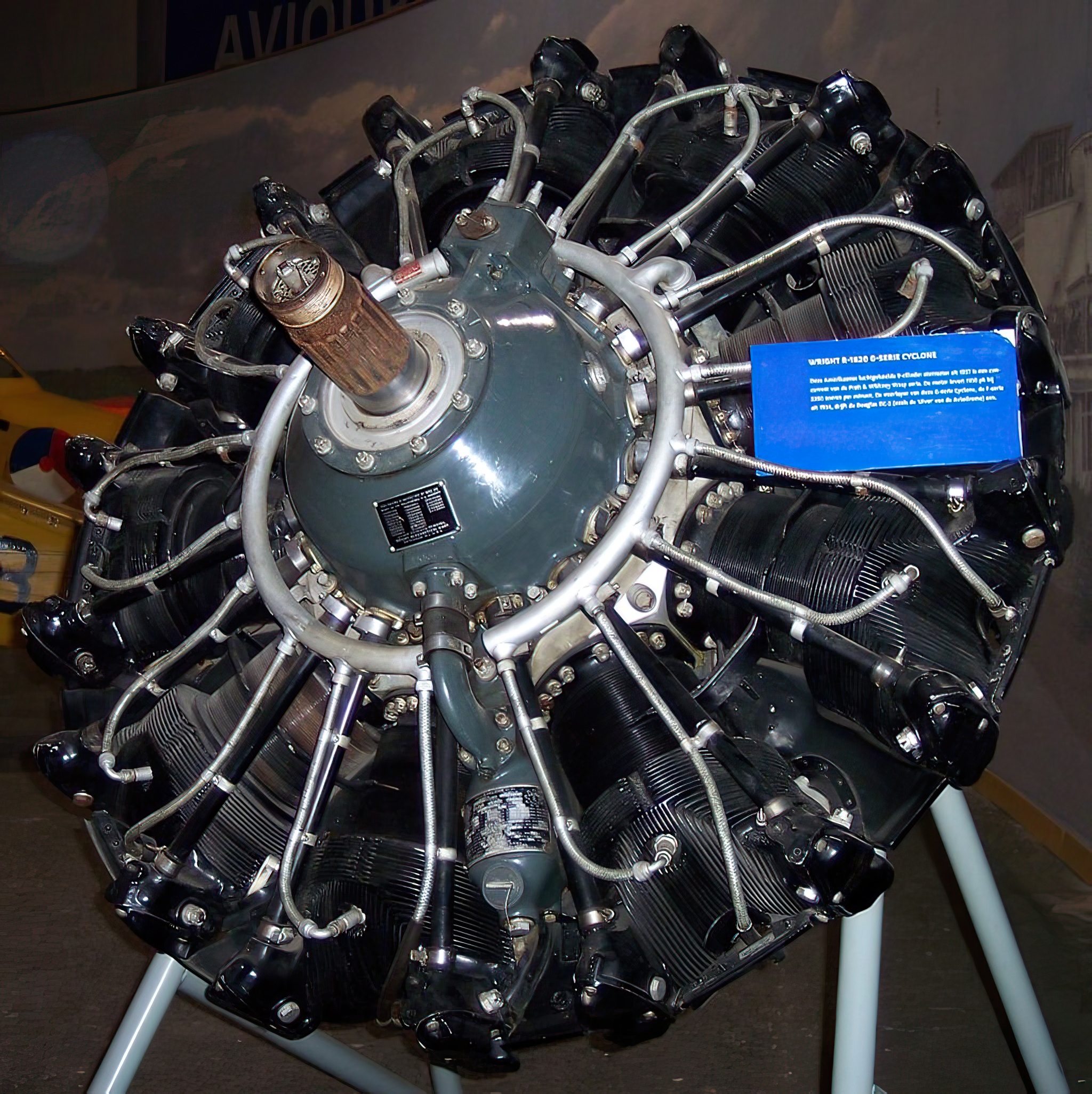
Laying the Foundation
The 1920s saw a boom in aviation innovation. As aviation companies looked skywards, they sought engines that could push the limits. Enter the Wright R-1820 Cyclone. Born out of a collaborative effort by the Wright Aeronautical Corporation, the engine emerged in the late 1920s. Over the years, it underwent a series of upgrades, fine-tuning its capabilities to suit an array of aircraft.
The Cyclone was basically a nine-cylinder single-row supercharged radial engine. Nothing too fancy, yet its design became a benchmark for other engines of its time. With each revision, it showcased enhanced power outputs, better fuel efficiency, and adaptability for various aircraft configurations. By the time World War II rolled around, it had solidified its place as a favored choice for heavy-duty aircraft.
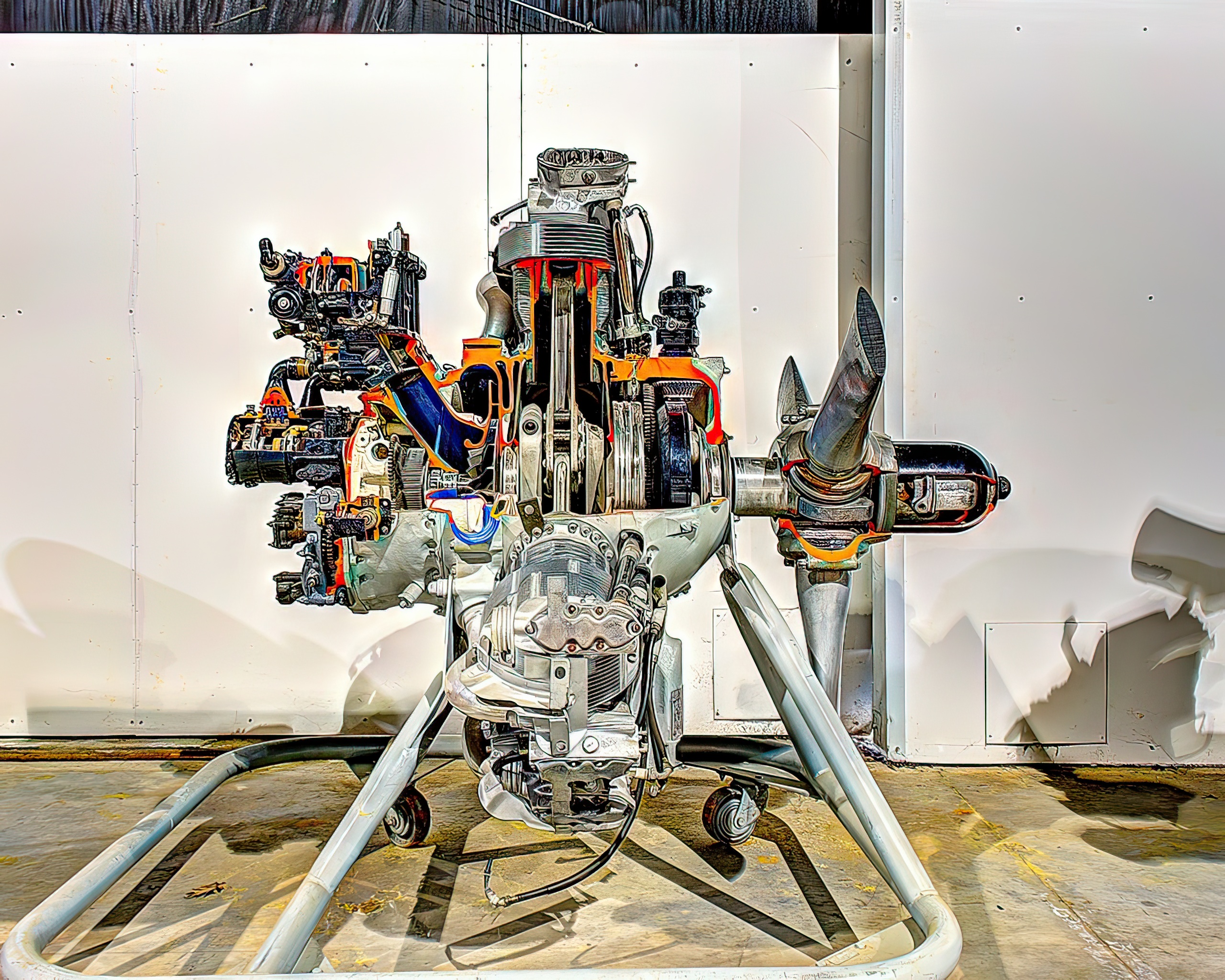
Sky’s the Limit
One of its primary strengths was its sheer durability. Built with robust materials and an intuitive design, it could withstand demanding operational environments, making it a favorite for military applications.
Fuel efficiency was another commendable trait. The R-1820 was optimized for longer flights without compromising on power. This meant aircraft could undertake extended missions, making them a strategic asset during wartime. Pilots and crew placed trust in the Cyclone, knowing that it would deliver consistent performance time and again.
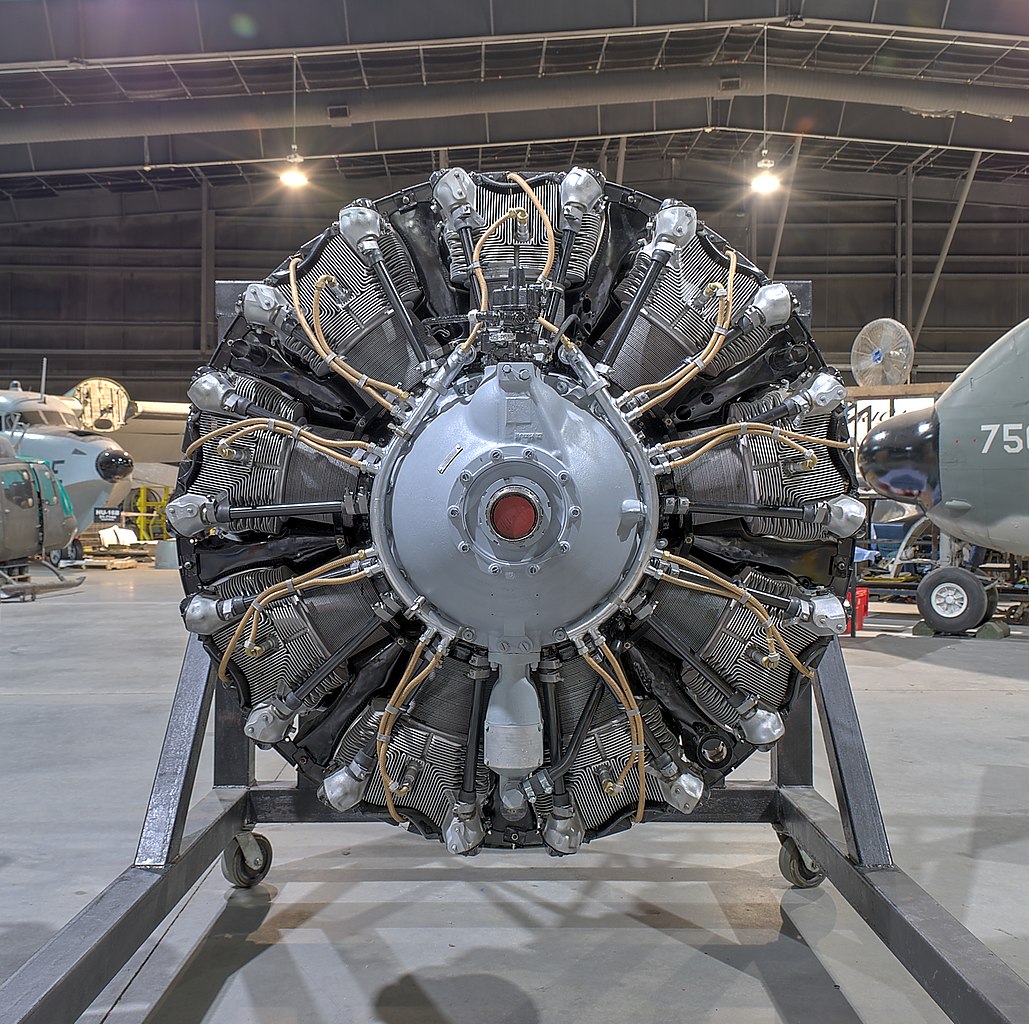
A Bump in the Flight Path
Cyclone’s sheer size and weight posed challenges for integration into sleeker, faster aircraft. As the aviation industry evolved, there was a growing demand for engines that were not only powerful but also compact and lightweight.
As the years rolled on, the Cyclone faced fierce competition. Engines like the Pratt & Whitney R-1830 Twin Wasp posed a formidable challenge. These rivals offered similar power outputs but with designs that were more streamlined and adaptable to newer aircraft designs. The competition was fierce, and while the Cyclone held its ground, it couldn’t overshadow every contender.
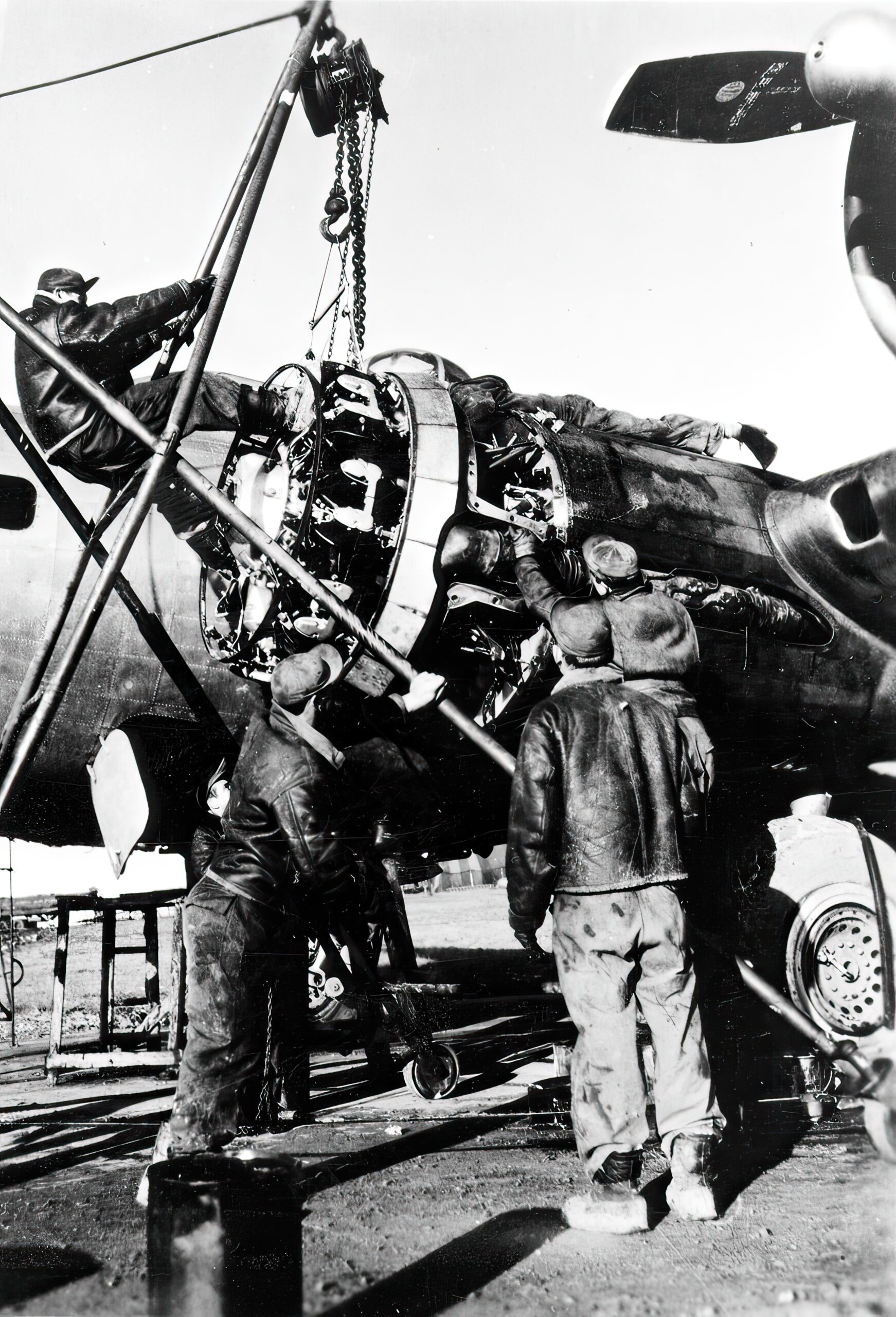
A Legacy That Roars
Despite the challenges and competition, the Wright R-1820 Cyclone remains an icon. It powered legends and became a legend itself. The roaring hum of the Cyclone, propelling behemoths like the B-17 Flying Fortress. Today, it stands as a testament to engineering brilliance and the spirit of innovation that drove the golden age of aviation.
